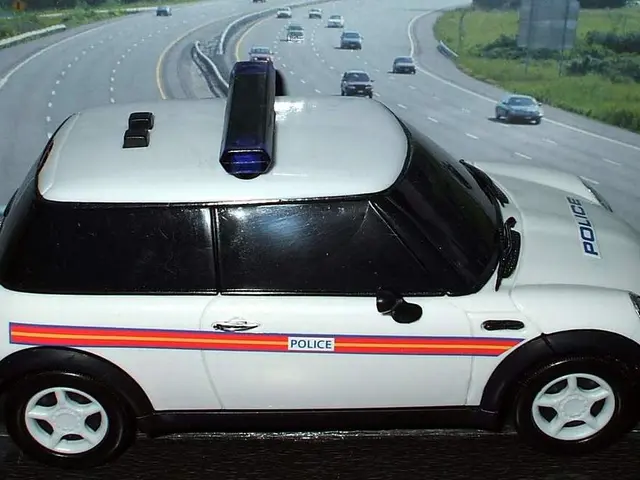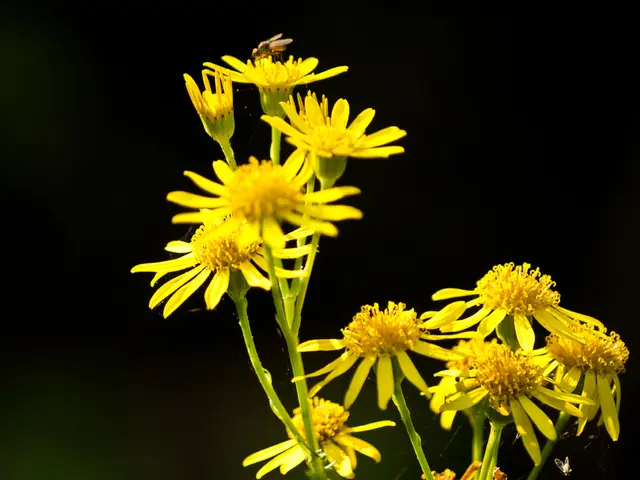Fun Sensory Experiences for Toddlers and Pre-schoolers During Easter
Create a miniature garden scene in a sensory bin using soil, fake grass, plastic flowers, and toy gardening tools. This activity combines sensory exploration with early literacy and fine motor skill development, making it both enjoyable and educational for young children.
Another exciting sensory bin idea is filled with plastic Easter eggs and oobleck, a mixture of cornstarch and water, offering children a unique opportunity to explore the unique properties of this fascinating substance.
Marbled eggs and Fizzy Rainbow Eggs are additional fun Easter activities for preschoolers.
Easter Sensory and Fine Motor Bins are a great way to engage young children. Fill Easter-themed containers with small objects like beans, rice, or mini Easter eggs, along with fine motor tools, to explore textures and practice hand skills.
Kinetic Sand with Easter eggs allows children to mold or cover the eggs in sand for tactile exploration and motor development. Easter Grass Scissor Cutting provides an opportunity for children to practice cutting, enhancing fine motor skills.
Letter and Number Matching with Easter Eggs, Easter Egg Alphabet Matching with Mini Erasers, and similar activities can help children develop early literacy skills.
Sensory bins with textured materials, such as rice, sand, cotton balls, or water beads, can engage tactile and olfactory senses. Simple crafts like making tissue paper rainbows, butterfly crafts, or handprint flowers provide sensory input and creative expression related to spring and Easter themes.
Easter Tuff Tray Activities combine various Easter sensory materials and small-scale play objects, encouraging exploration and learning through touch and play.
A DIY Easter sensory bin can be assembled using a bin, and homemade Peeps playdough can be made for sensory play, fostering creativity and fine motor skills. A sensory bottle filled with glitter can also be made.
Tongs and/or scoops can be added to a sensory bin for fine motor development. Reusable items from local craft or dollar stores can be added to a sensory bin, such as plastic eggs, fluffy chicks, wooden or styrofoam eggs, mini erasers, small scoops, themed cups, etc.
Texture eggs can be easily made with simple fillings like rice and flour. A variety of fillers can be used for Easter sensory bins, such as plastic or paper grass, dyed rice, kinetic sand, pompoms, dried beans, lentils, etc.
A sensory bin filled with water, soap bubbles, and plastic Easter eggs can be set up for children to wash, rinse, and dry the eggs. Dye rice yellow and add miniature chick figurines, plastic eggs, and scoops for a cheerful sensory bin experience. Dye pasta pastel colors and incorporate plastic Easter eggs for a tactile sensory experience.
Sensory bottles filled with yellow feathers, pom-poms, and plastic chicks can be created for visual and tactile exploration. An Easter STEM Pack, PEEPS Theme STEM Pack, and Easter Slime Science Pack are available in a printable Easter Project Pack. Easter-themed slime can be made using glue, borax, and glitter.
Tongs, scoops, and small cups or pails are essential for sensory bins. A sensory bin filled with pastel-colored pompoms and plastic eggs can be created for sensory play. A video of a spring rice sensory bin is available online.
For more ideas, a free Easter sensory play guide is available online. These activities are a wonderful way to keep young children engaged and learning during the Easter season.
- Kids can create a miniature garden scene using math and spacial skills with a sensory bin filled with soil, fake grass, plastic flowers, and toy gardening tools.
- Easter activities for sensory exploration and fine motor skill development include making plastic Easter eggs with oobleck, marbled eggs, and Fizzy Rainbow Eggs.
- Preschoolers can engage with Easter-themed containers filled with small objects like beans, rice, or mini Easter eggs, along with fine motor tools.
- Kinetic Sand with Easter eggs allows kids to mold or cover the eggs, providing tactile exploration and motor development.
- Easter Grass Scissor Cutting can help children practice cutting, enhancing fine motor skills.
- Letter and Number Matching with Easter Eggs, Easter Egg Alphabet Matching with Mini Erasers, and similar activities support early literacy skills.
- Simple crafts like making tissue paper rainbows or handprint flowers provide sensory input and creative expression related to spring and Easter themes.
- A DIY Easter sensory bin filled with various materials can foster creativity and fine motor skills, while a sensory bottle filled with glitter can be made for visual and tactile exploration.
- Tongs, scoops, and small cups or pails are essential for sensory bins, and reusable items like plastic eggs, fluffy chicks, and scoops can be added for further engagement.
- Texture eggs can be made with rice or flour for a unique sensory experience, and various fillers like plastic grass, kinetic sand, pompoms, and dried beans can be used in Easter sensory bins.
- A sensory bin filled with water and soap bubbles, along with plastic Easter eggs, can be set up for children to wash, rinse, and dry eggs.
- Dyeing rice yellow or pasta pastel colors and incorporating plastic Easter eggs can create a cheerful sensory bin experience for kids.
- An Easter STEM Pack, PEEPS Theme STEM Pack, and Easter Slime Science Pack are available in a printable Easter Project Pack for further STEM-related learning and fun.




